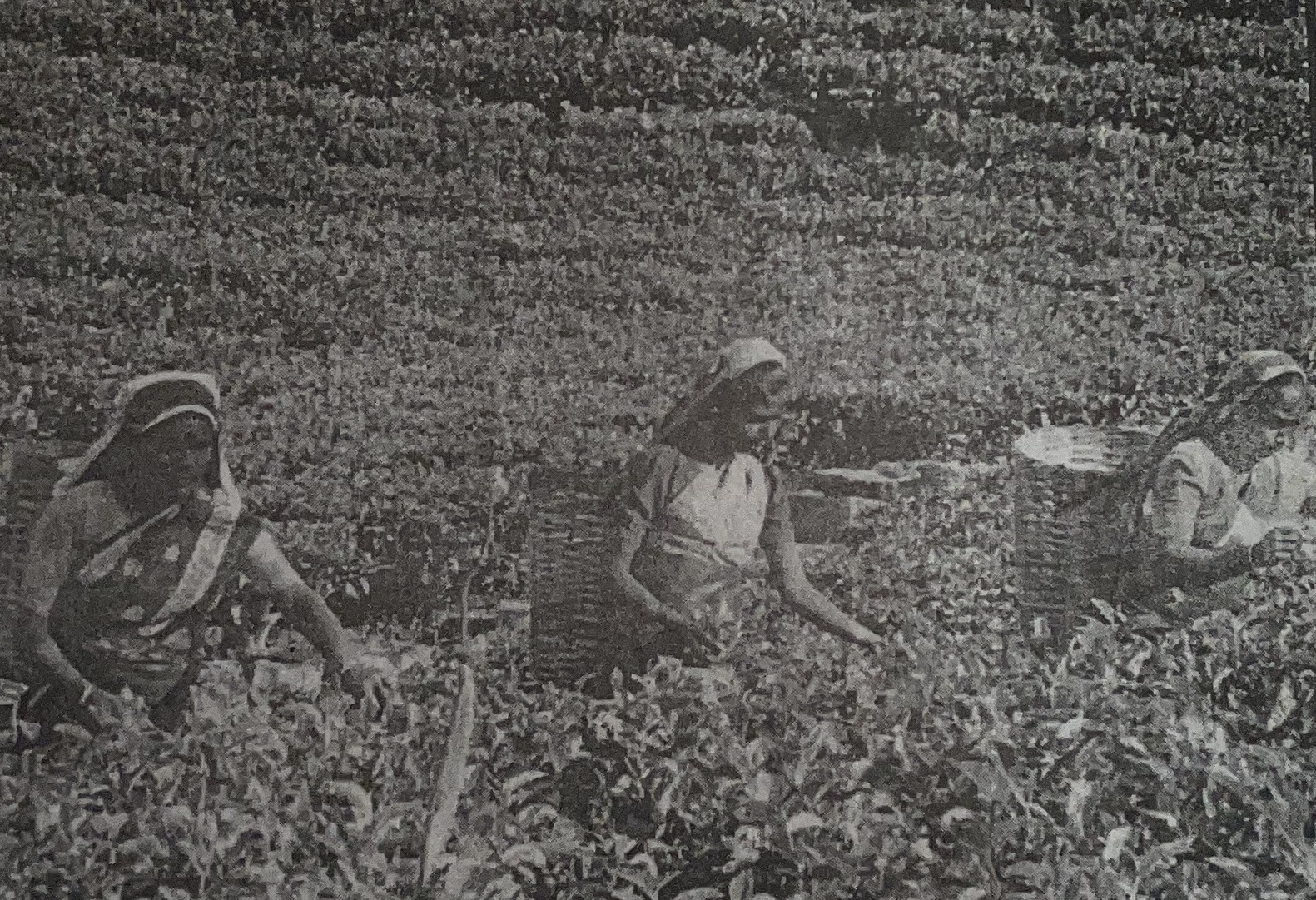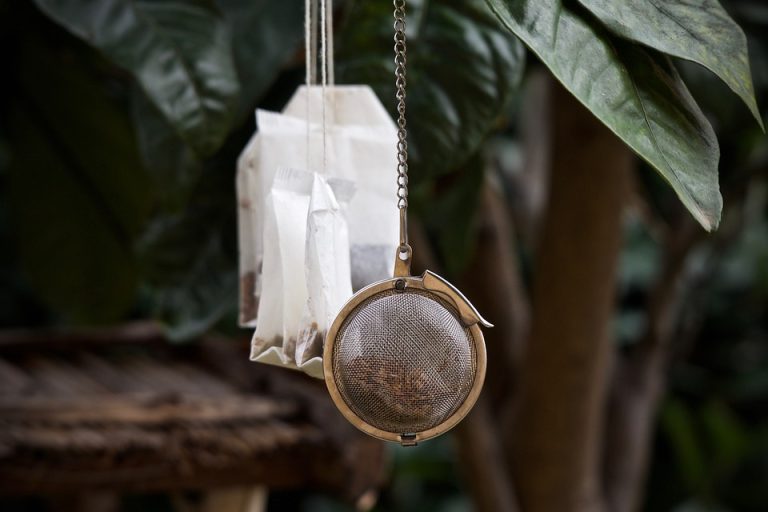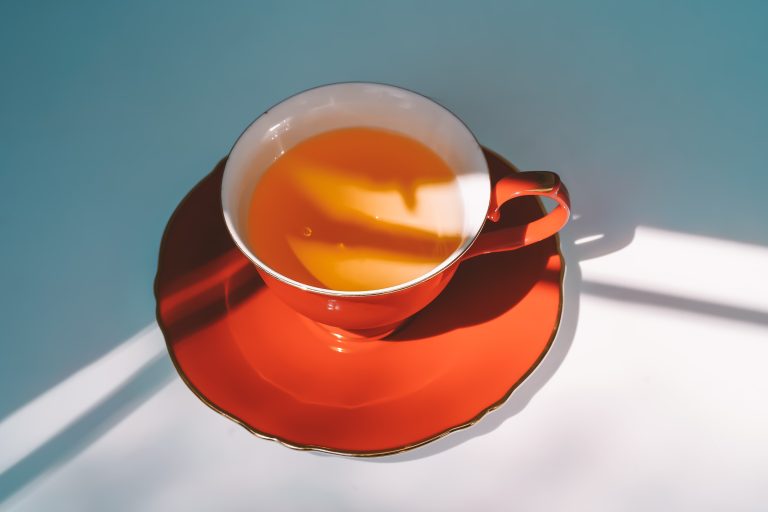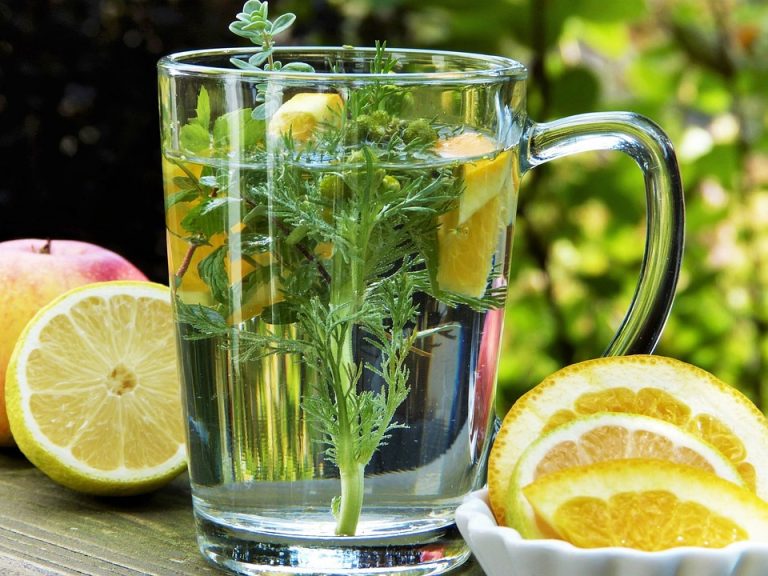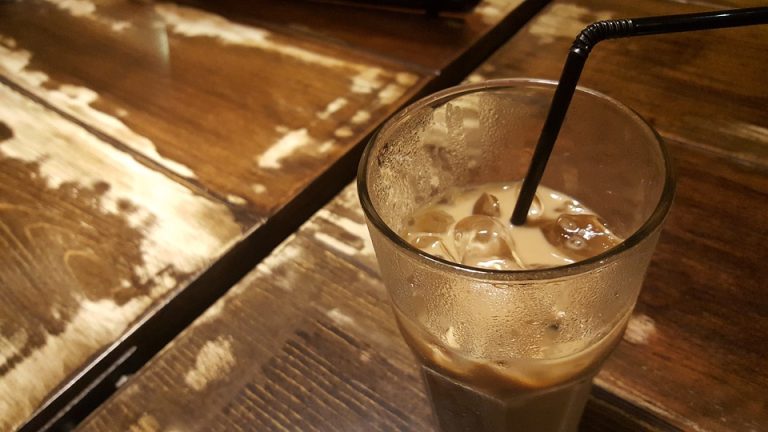Historical Background of Tea In India
The Western Ghats stretch from the Bababudan Hills of Mysore, across the Nilgiris, down into Kerala was found to be an ideal area for tea cultivation by the pioneers, who converted this massive stretch of mountainous land into tea plantations. As per the old saying “Rome was not built in a day,” tea plantations also took around 150 years to become one of the largest labor-intensive Industries in the world. Tea has become a drink for all, thanks to the enormous amount of hard work put in by the English planters and millions of poor Indian laborers whose sacrifices were beyond description.
Today, some of the Hill •stations have become attractive Tourist Centers because of the green pastures of the tea fields around these hill towns apart from the mountains and forests. The Tea plantations in Anamala is, known as Mudys Tea, centered around Vaalparai, were pioneered by two English Planters Carver Marsh and C.R .T.Congreve who were very much considerate to their employees and were instrumental in tea cultivation and development of tea estates in this part of Tamil Nadu.
It was in the Eighteenth Century, two men came from Scotland to Munnar. One of them was Mr.Buchanan. Munnar was nothing but a very large thick forest. In the absence of any of the modern facilities such as roads, vehicles, good food, those pioneers, took two tribal men of the Mudhuva tribe who were the natives of the forests, and with their assistance, they explored the entire Hills of Munnar before commencing Tea planting. The two tribal men were Kannan and Dhevan and as a token of gratitude, those Hills were named after them as Kannan Dhevan Hills.
The small town of Munnar was formed in the year 1824 and its surrounding tea estates consisting of Ninety-Three thousand hectares of land procured from the local king of Poonchjar. They were gradually developed in. into tea plantations by the British.
M /s. James & Finlay started their tea company in Munnar and they called their tea Kannan Devan Hills Produce and people called it Kannan Devan Tea. Mr.H.L.Prinches was the General Manager of K.D.H.P.Co., Ltd., for a long time, and the High Ranges owe a lot to him for his achievements such as the hydro Electric Schemes to work the ropeway and to provide power from Pallivasal to their tea factories during the early years.
Mr.C.P.Goldsbury came to Munnar when he was seventeen and did commendable services to tea planting for a long time .and retired as the oldest British planter from Munnar. James and Finally were partners of the Tea company, and when James sold his shares to TATA, the company was called TATA Finally, and when Finally also sold his shares to TATA, the company became TATA TEA Company, and teas produced by the company is now known as TATA TEA.
PEERMADE is another Tea district that lies on the western fringes of Kerala State, nestling deep in the heart of Western Ghats. Peermade hills are a rolling plateau about sixty miles long and twenty miles broad with an average height of 2800 ft above sea level. They were known as Poonchjar lands and this prince styled himself Raja of Poonchjar.
Regarding the name PEERMADE there exists an unrecorded tale; accordingly a Moslem Missionary PEER MOHAMMED came, taught, and preached in these unexplored high lands. When he died, his body was found out and buried on the hill, overlooking Peruvan thanam, a stopover onK.K.Road. Her Highness Sethu Lekshmi Bhai, queen of Travancore, honored him by erecting a Mausoleum in Indo Muslim style with marvelous craftsmanship. The forest (VANAM) he came into was thereafter called Peer-Vantha Vanam Peruvanthanam. Hence the uphills (Medu) were called PEERMEDU.
According to available records, the first clearing of jungles was carried out in 1862 for Coffee cultivation. It yielded an enormous amount of crops, but unfortunately, a pest called “Hemileia Vastatrix” a leaf disease seriously struck the Coffee plants leading to the total extinction of Coffee.
Tea cultivation was started in Peermade in the year 1875. It gradually spread to all the districts to an extent of thirty thousand acres of land and presently Kerala state produces more than sixty thousand tons of made tea every year.
The Discovery of these hills was made by John Sullivan, Collector of Coimbatore District in the year 1819. Here too there was a local man Muddiah Gowder, Chief of the village Miliden near Kotagiri. He along with his men brought John Sullivan in a “dhooly” via Sirumugai Road, to this village in the year 1819. In memory of Muddiah Gowder, a stone was inscribed there which tells this incidence. Muddiah helped Sullivan to explore the Nilgiris hills, where he felt at home and he showed the English the way to the Nilgiris. It was in 1826, another year of the great blue flowering, M.D.COCKBURN the then Collector of Salem District turned his attention towards the Nilgiris because he liked everything in it and o_n his retirement chose to ‘settle in the Nilgiris. Earlier he was doing some useful work in Shevaroy Hills just above Salem.
Darjeeling tea
The world Darjeeling literally means “Reginal of the thunderbolt”, because of the ever-present cloud that remains shrouded over the hills of Darjeeling, which is situated about 7000 ft above sea level in the high ranges of mount Kachanjunga. The magnificent scenic beauty, nature offers is the “sunrise” over Mount Everest which is unique of its kind if seen from Tiger hill.
It was in the year 1835, the British settled here, because of its tropical climatic condition and Darjeel ing was their summer retreat, though Calcutta was the capital of British India then. Darjeeling, surrounded by forest hills, slopes down to cultivable landscape and the two rivers Teesta and Rangeeth. The British found this area to be an ideal location for tea cultivation and they developed tea plantations all over the area.
Today Darjeeling is well known for its tea. Which is the best of its kind in the world. As usual, Tea Industry here also offers employment to a lot of people.
On the slopes of Darjeeling, there are the Happy Valley and the Glenburn tea estates and many other small tea gardens also, where a considerable quantity of tea is produced mostly on the orthodox type of tea manufacture, for which it is undiminishing demand in the market. Favorable natural providence helps the tea bushes to yield a flush of quality tea leaves – two leaves and a bud out of which nice aromatic drinkable tea is made applying the orthodox method of tea manufacture. Darjeeling tea plantations have a history of 170 years and Darjeeling tea still enjoys the reputation of the “Best Tea” in India and abroad.
Assam Tea
The cradle of the Tea plant is a region that encompasses the Assam state in northeastern India, the eastern and southern part of China, and northern Myanmar. Spontaneous growth of the assamica variant is observed in an area ranging from the Indian state of Assam to the Chinese province Yunnan and the northern part of Myanmar.
The earliest reference to tea drinking in India is found in the writing of Dutch seafarers, who wrote of tea being both eaten and drunk in India in 1598.
There exists a 10th Century CE Sanskrit medical text from Assam called “Nidana” that mentions leaves called “Shamapatra” from which “Shamapani” is made. Historians are conflicted as to whether this is the first mention of tea in India. Before the commercialization of tea began in Assam, the leaves of the tea plant were chewed by the local villagers with little or no processing. This continues in certain inaccessible regions of southeastern Assam as well as in neighboring regions of Myanmar.
Kapili Tea
Most Assam teas are grown at or near sea level. There is one notable exception, known as “Kopili Tea” which is raised at an elevation of 2500 ft above sea level. Kopili is the only tea estate in Assam located on the Himalayan foothills. All other Assam tea gardens are at a height of at most 150 – 200 ft with some tea gardens in Assam being below sea level. The combination of the altitude with the surrounding evergreen rain forest, the rich soil, and the temperature make the teas of the Kopili unique among Assam teas.
Reference 1
Read more about tea manufacturing .

